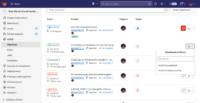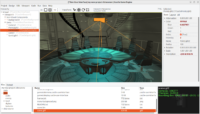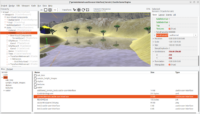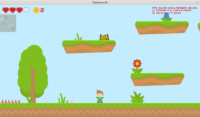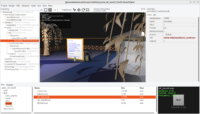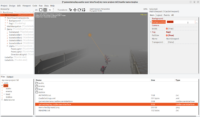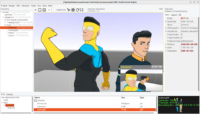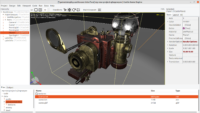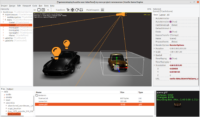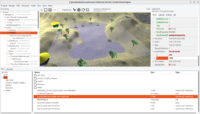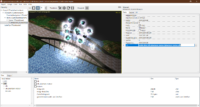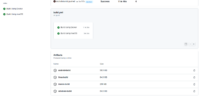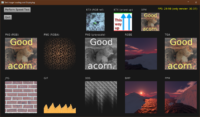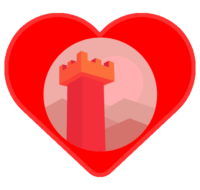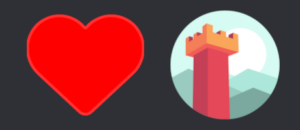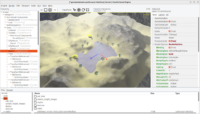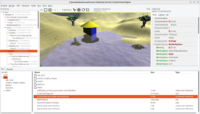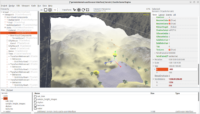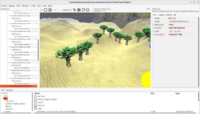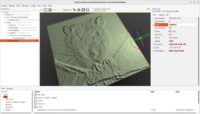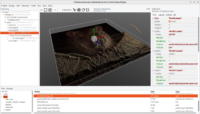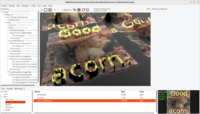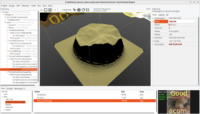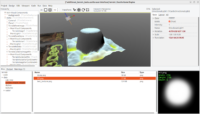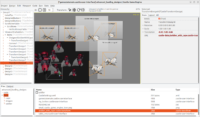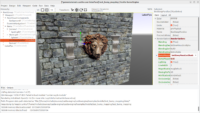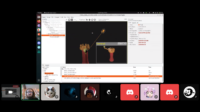 |
 |
 |
Thank you everyone for joining last Saturday and participating in our open meeting!
-
Short summary: I did a recap of the recent work on the engine (I think it was too long, but that’s because we did a lot of stuff 🙂 ), Andrzej Kilijański presented his work on physics joints, I talked about plans and answered many questions.
Thank you for all the questions. I tried to answer them live, then I collected them and answered again on Discord chat so you can read them starting from this message.
One question also sparked a new example in engine: examples/animations/animate_bones_by_code. It’s a demo how you can animate bones (transformations) by code while a predesigned animation (predesigned in Blender, exported to glTF) still runs on the same 3D model. The
README.mdinside this example explains details (and also notes current limitations and how we plan to overcome them).It was also fun to experience “Access Violation” at one point during the presentation. This was an unwanted visitor 🙂 Of course it is fixed now.
-
Same time in +3 months! I am announcing our next meeting, on December 10th (2022; as usual this is Saturday), at the usual hour (15:00 UTC).
I advise you to go to the meeting on Discord right now and click there on “Interested” and add it to your calendar (click on “…” to see “Add to Calendar” option on Discord event). You don’t want the timezone stuff to surprise you :), and adding it to your calendar this way makes it reliably accessible in your time.
-
Longer summary:
Michalis: Recent things done (with links to read more):
- New cameras. Design-time navigation, right click in 2D 3D. Default 2D and 3D viewport nice. More info in this video.
- Fog component.
- Terrains
- GitHub Actions / GitLab CI / Jenkins possibilities. See castle-game on GitHub and test-gitlab-ci on GitLab.
- Material properties plans: focus on AMD Compressonator, KTX.
- Better drag-and-drop support in editor.
- Not Quake demo – real-time multi-player game using Castle Game Engine + RNL.
- Patreon changes.
Andrzej: working on physics joints.
- “Joint” connects 2 rigid bodies, such that the connection acts naturally when something collides with one rigid body. For example, hinge joint allows to make realistic behavior of door opening
- On Andrzej branch: You can configure joints in editor too.
- Customize joint anchor position, by dragging a gizmo.
- See transforms affected by joints as wireframe.
- Limits for joint rotation.
- Rope to hang something.
- Can be used to create a chain.
- Breakcable configurable.
- BTW: you can change whole rendering to wireframe.
Michalis: Plans:
-
Immediate plans: Review new physics component, review joints, merge. Optimize node’s memory usage.
-
Plan for 2022 still mostly doable.
Done already: cameras, physics (almost), lights, documentation + website improvements, 7.0-alpha2.
Definitely will be done in 2022 (so before 7.0 release): AI behaviors (new fps_game), nodes optimization, Steam integration, 7.0 release!!!
Maybe (important things which would be very cool): TCastleEnvironmentLight, materials customization, WebGL.
- Come listen to me at GIC in Poznań (Poland) – this October 7-9th.
